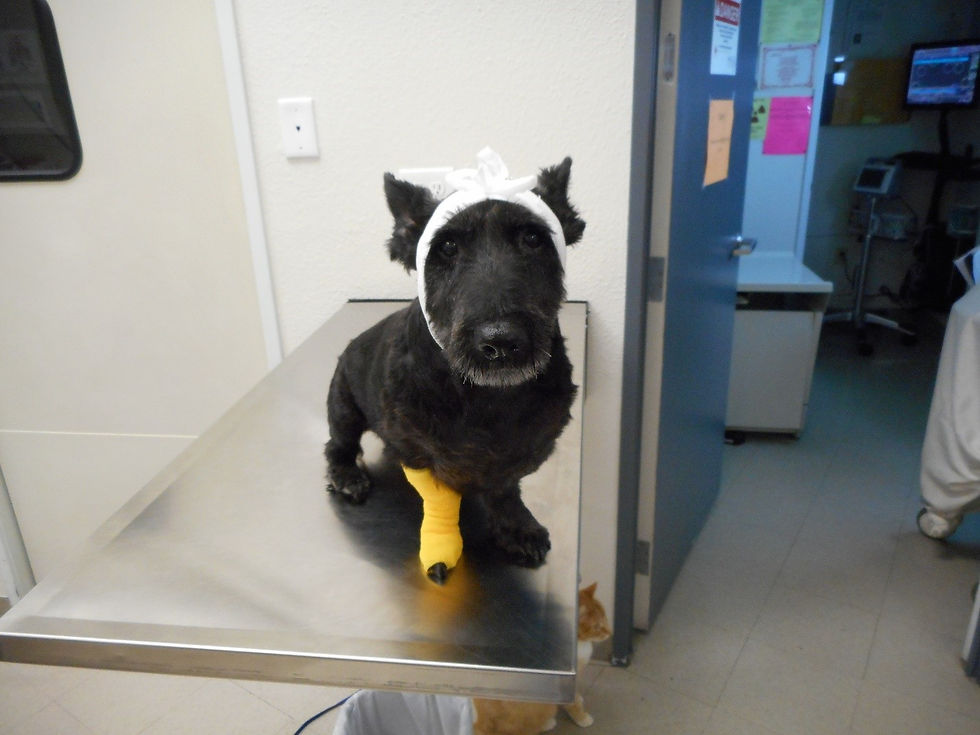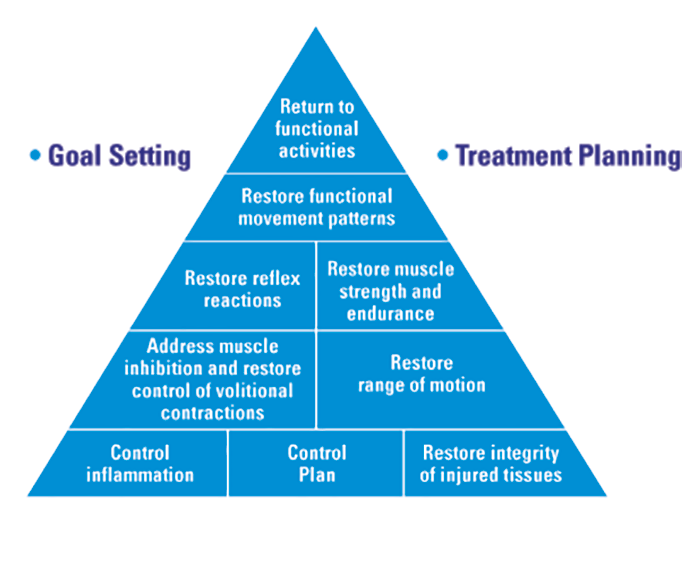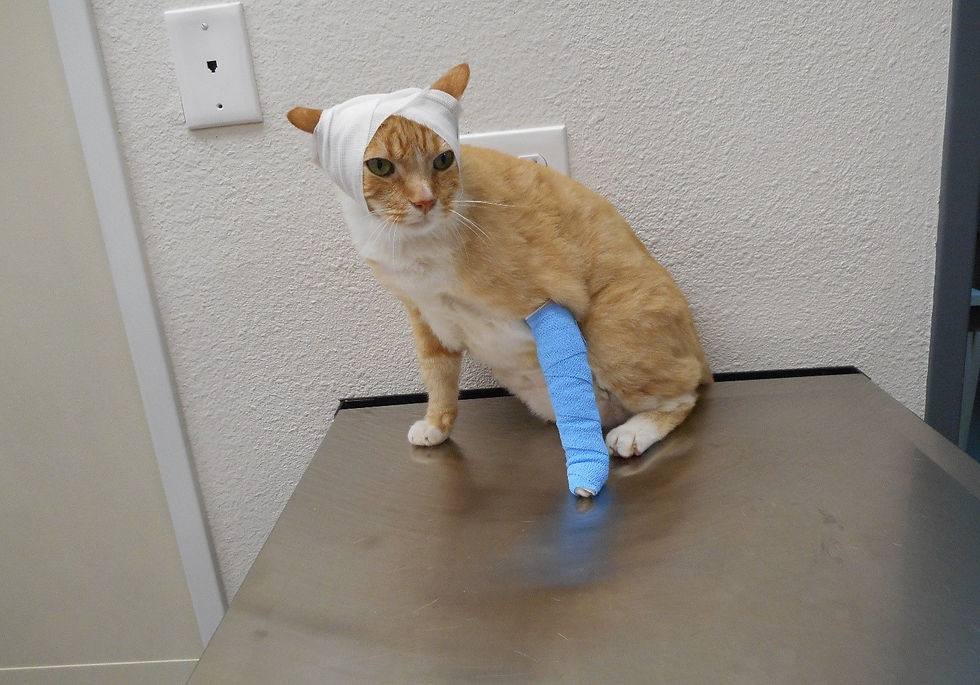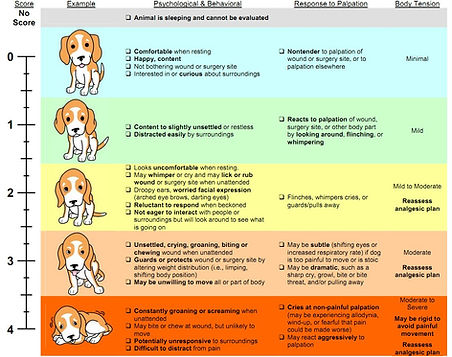
Signs of Pain
Our pets often mask their pain, and since they can’t talk it’s even harder to know if they are uncomfortable. Many people accept their pet slowing down as a normal sign of aging. It is important to remember old age is not a disease. There are a few behavioral changes you can look out for to help you determine if your pet might be painful. We need to differentiate between normal behavioral changes of aging pets and abnormal behaviors indicating pain.



A Quick Quiz
-
Samantha is an eight-year-old female. She isn’t eating as much as usual and isn’t playing with her toys like she typically does.
-
Tiger is a two-year-old male who just had a cyst surgically removed. The incision is fairly small, but he spends a lot of time sitting hunched over in his cage, and he hisses when people come too close to him.
-
Mocha is a 12-year-old male with abdominal cancer. He’s eating and sleeping as much as usual, and he doesn’t cry out or flinch when his tummy is touched.
Question: Which of these dogs are in pain?
Answer: All of them. Samantha has an abscessed tooth, Tiger’s incision is sore and Mocha’s cancer is terribly painful.

Here are some signs that your dog may be in pain:
-
Avoiding slippery floor surfaces
-
Difficulty getting up or down
-
Trouble getting comfortable
-
Limping or lameness
-
Sitting on one hip or the other with rear legs out to the side
-
Hiding
-
Walking with a hunched posture
-
A reluctance to be brushed or groomed
-
Not wanting to be picked up or touched in a certain area.
Any time a dog’s behavior changes it can signal something is wrong. A visit to the vet can help determine if it’s an issue with pain or something else. If you notice any of these behaviors, tell your veterinarian. A good rule of thumb is “when in doubt, get it checked out.” The first goal of any treatment plan will be to control pain and discomfort. Once your dog begins to feel more comfortable then your vet will add in treatments to regain mobility, strength, and function.
